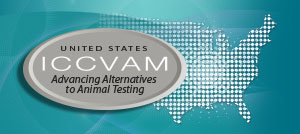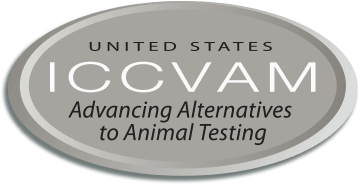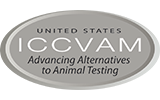Collaborative Acute Toxicity Modeling Suite (CATMoS) Tool for Predicting Acute Oral Toxicity
There is a pressing need to rapidly and accurately assess the safety of environmental chemicals and reduce the number of animals used in regulatory testing while still protecting wildlife. NICEATM and the ICCVAM Acute Toxicity Workgroup organized a global collaborative project to develop predictive in silico models of acute oral systemic toxicity potential. Participants from 35 international groups submitted a total of 139 models built using a data set of 11,992 chemicals split into training (75%) and evaluation (25%) sets. These crowdsourced models were developed for five endpoints identified as relevant to regulatory decision frameworks: (1) LD50 value, (2) EPA hazard categories, (3) GHS hazard categories, (4) very toxic chemicals (LD50 <50 mg/kg), and (5) non-toxic chemicals (LD50 >2,000 mg/kg). Predictions within the applicability domains of the submitted models were evaluated and combined into consensus predictions based on a weight-of-evidence approach. The result, the Collaborative Acute Toxicity Modeling Suite (CATMoS; Mansouri et al. 2021), leverages the strengths and overcomes the limitations of individual modeling approaches. The consensus model predictions are fully reproducible and demonstrate equivalent performance to replicate in vivo data considering the inherent variability, offering a strong potential replacement for animal testing. Based on these results, CATMoS predictions for 178 chemicals are currently being evaluated in comparison to rat acute oral toxicity tests from publicly available ecological risk assessments registered from 1998 to 2020. Findings will inform the potential for using CATMoS estimates to potentially replace data from rat acute oral toxicity studies for assessments of ecological risk (i.e., what assumptions might be made, under what conditions, and which chemicals).



